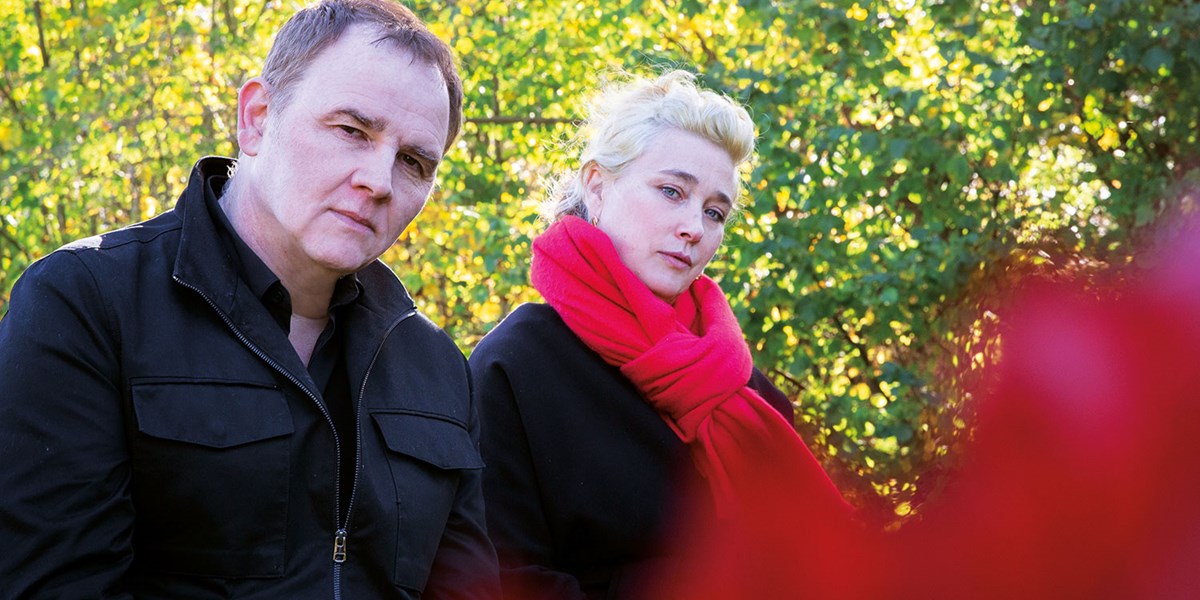Thursday, March 6, 2025
Songbook: ‘Long Lankin’ with Lisa Knapp & Gerry Diver
By Tim Cumming
On their latest album, Lisa Knapp & Gerry Diver have recorded one of the darkest child ballads of all time. Tim Cumming looks for the motive

Lisa Knapp & Gerry Diver (photo: Rosie Reed Gold)

Register now to continue reading

Thanks for visiting the Songlines website, your guide to an extraordinary world of music and culture. Sign up for a free account now to enjoy:
- Free access to 2 subscriber-only articles and album reviews every month
- Unlimited access to our news and awards pages
- Our regular email newsletters

